Focus on Immuno-Oncology
Introduction to Immuno-Oncology and Immunotherapy
For over 100 years, long before the cells that make up the immune system were identified and characterized, scientists have been attempting to harness their understanding of the immune system to target cancer. Modern immunotherapy took off in the late 1960s, when the role of T cells in the immune system was uncovered (1). Since then, the field of immunotherapy has grown to encompass cancer vaccines, antibody-based therapeutics, checkpoint blockade therapy, cell therapy, oncolytic viruses, and more. Two Nobel Prizes have been awarded for advances in the field of immuno-oncology: in 1908, for the theory of cancer immune surveillance, and in 2018, for checkpoint blockade immunotherapy (2). Immunotherapies are now approved for over 25 different types of cancer (3).
References
- Dobosz P, Dzieciątkowski T. The Intriguing History of Cancer Immunotherapy. Front Immunol. 2019 Dec 17;10:2965. doi: 10.3389/fimmu.2019.02965. PMID: 31921205; PMCID: PMC6928196.
- Kaufmann, Stefan H. E. "Immunology's Coming of Age." Frontiers. 2019.
- Kellen, A.M. "FDA Approval Timeline of Active Immunotherapies." Cancer Research Institute. 2022.
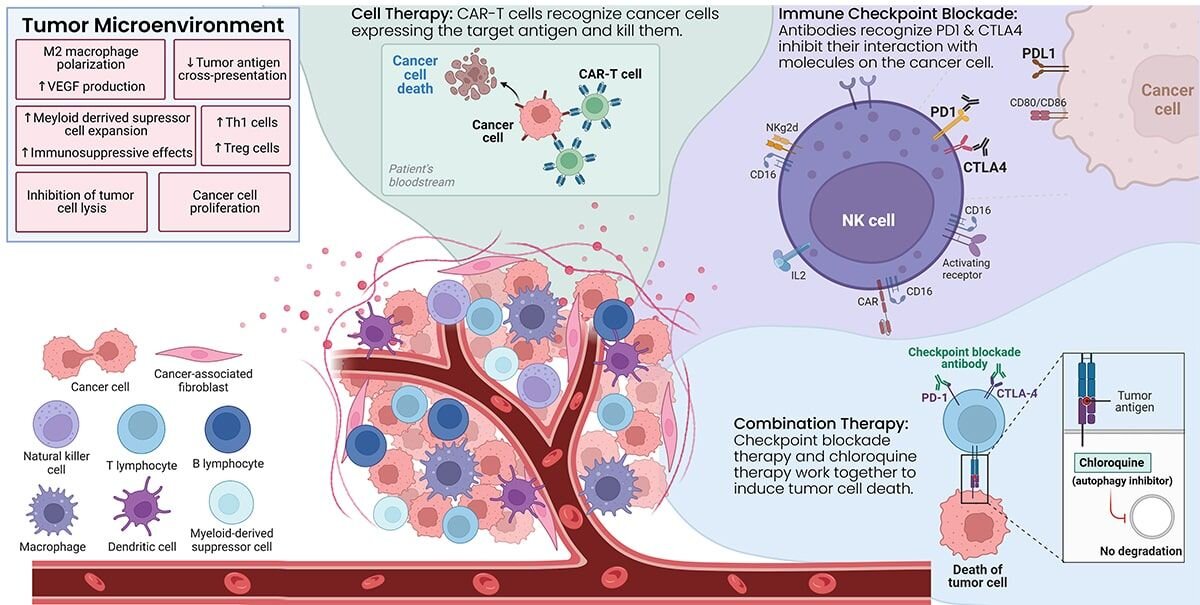
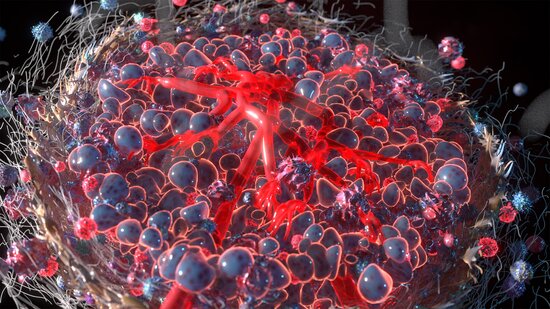
Immuno-Oncology and Cancer Immunotherapy
New to the field of immuno-oncology and immunotherapy? This collection of articles, eBooks, and webinars will introduce you to the field.
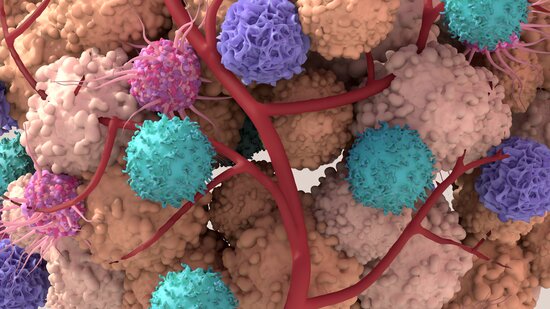
Tumor Microenvironment
Many immunotherapeutic interventions must penetrate the tumor microenvironment to exert their effect. Learn about the complexities of the tumor microenvironment and its component cancer cells, immune cells, vasculature, and stromal cells.
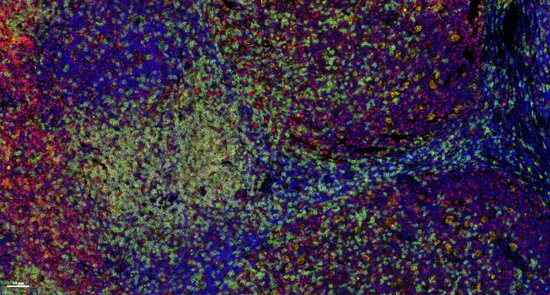
Immune Checkpoint Blockade
From PD-1 and PD-L1 to TIGIT, GITR, and TIM-3, checkpoint blockade immunotherapies have become increasingly common treatments for many types of solid tumors. These resources focus on key checkpoint molecules and how therapies targeting checkpoint molecules induce anti-tumor immune responses.
Introduction to Immune Checkpoint Blockade
Immune Checkpoint Molecules and Therapeutic Targets
- CD68 and PD-L1: Better Together?
- GITR Research in Tumor Immunotherapy
- Programmed Cell Death-1 (PD-1)
- TIM-3 for a Change
- Targeting Both T and NK Cells via TIGIT
- The VISTA of Cancer Treatment
- Welcome to the (B7) Family
- TIGIT: An Emerging Immune Checkpoint Target
- CD27: An Emerging Target for Cancer Immunotherapy
- Targeting T regulatory cells in cancer immunotherapy with anti-CD73
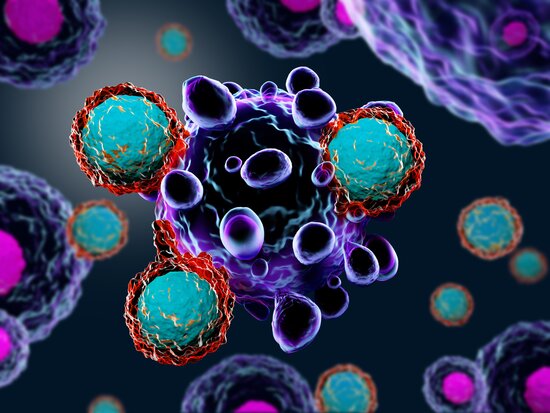
T Cells
Helper T cells, effector T cells, and regulatory T cells are key cells of the immune system that recognize and kill cancer cells while protecting healthy tissue. Learn about T cell activation and inhibition along with effector and immunosuppressive functions of this heterogeneous cell population.
- CD247/CD3Z: The Gatekeeper of T-cell Activation
- FOXP3: Critical for the Immunosuppressive Function of Regulatory T cells
- LAG3 and T cell exhaustion
- In-Depth with CD137
- Upgrade Your T-Cell Marker Research With Bethyl Antibodies
- Role of OX40 in T Cell Biology of Cancer and Infectious Disease
- Between Yes and No: B7-H4 and T cell Activation
- Move Over MHC-II, There’s a New LAG-3 Ligand in Town

Cell Therapy
Immune cells can be genetically engineered to be better effector cells and generate a stronger anti-tumor immune response. In particular, CAR-T cells have shown great promise as an immunotherapy to blood cancers such as leukemia and lymphoma.

Combination Immunotherapies
Checkpoint blockade, CAR-T cells, cytokine-based therapies, and other immunotherapies have been shown to have synergistic anti-tumor effects. Learn about different immunotherapy combinations and their impact.